I want to design a voltage divider for my Arduino Analog input pin, to be able to sense the change in voltage in a 9V, 250mA circuit (without loading it).
Ive programmed the Arduino so that as soon as a drop in voltage is sensed, my Arduino will perform rest of its job (programmed to create a specific series of delays that I need).
In other words how can I create a signal that is proportional to the changes in the 9V signal that operates at 250mA without drawing any extra current from it nor by creating any voltage drops in the original circuit.
The link below gave great information on how I can use opto-couplers and that would have solved my problem but CNY17 cannot operate over 60mA (otherwise I would have just put that in series with the original circuit?) How can I use a 12 V input on a digital Arduino pin?
Any help is much appreciated!
edit1: Let me try to describe the problem better. I had a feeling it came across as vague in my attempt to minimize the description. The 9V circuit that I was referring to is basically a water flow meter that starts spinning when a flow is sensed and this chops the 9VDC applied across it into pulses, an irrigation controller connected to the other end(this is what applies the 9V across the flow meter) measures the frequency of these pulses and determines the flow of the water(in gpm) Using Arduino, I am building a circuit that will initiate a series of delays as soon as it senses a flow. 9VDC=no flow, chopped 9V=flow However since I cannot connect 9V directly to Arduino, I need some sort of a voltage divider, but the reason it needs to be isolated from this 9V flow meter circuit is because the irrigation controller is calibrated to read any changes in the voltage and I don't want it to give false reading. I guess I can use some current from the original circuit -it currently runs at 230mA and I dont know how much I can add on to this without confusing the controller - something that must be tested to find out. Also I would imagine that a small voltage drop (1-2volts) should be okay?
for example: I was considering using an optocoupler- with the photodiode in series with the flowmeter cicuit, but I dont want to reduce the original current (230mA) by any significant amount lest it give a false input to the irrigation controller. At the same time, the optocouplers I am looking at do not allow anything more than 60mA.
Hope this helps understand the problem a bit better. I am happy to answer any more questions.

